The Rise of Phygital Marketing: Bridging the Gap Between Physical and Digital Experiences
In today’s fast-paced world, consumers no longer see a divide between physical and digital experiences. They want the best of both worlds—convenience, personalization, and seamless interactions. Enter phygital marketing, a strategy that combines physical and digital elements to create immersive, customer-centric experiences. This blog dives into what it is, why it matters, and how you can leverage it to stay ahead in the competitive marketing landscape.
What is Phygital Marketing?
Phygital marketing is the integration of physical and digital experiences to create a unified customer journey. It’s about using technology to enhance in-person interactions and using physical touchpoints to deepen digital engagement. For example, think of a customer scanning a QR code on a product packaging to access a video tutorial or using augmented reality (AR) to virtually try on clothes before buying.
Brands like Nike and Sephora are leading the way in it. Nike’s app allows users to reserve shoes online and try them on in-store, while Sephora’s Virtual Artist lets customers test makeup virtually. These examples show how it can create memorable, personalized experiences.
Why Phygital Marketing is the Future
The pandemic accelerated the shift toward hybrid experiences, and consumers now expect brands to meet them wherever they are—online, in-store, or both. Phygital marketing bridges this gap by offering:
- Convenience: Customers can start their journey online and complete it in-store, or vice versa.
- Personalization: Data from digital interactions can be used to tailor in-store experiences.
- Engagement: Interactive elements like AR and QR codes make shopping more fun and immersive.
In a world where customer loyalty is hard to earn, it helps brands stand out by delivering value at every touchpoint.
Top Phygital Marketing Strategies
Here are some innovative ways brands are using it:
- Augmented Reality (AR):
AR allows customers to visualize products in their real environment. For instance, IKEA’s app lets users see how furniture would look in their homes before purchasing. - QR Codes:
QR codes are a simple yet powerful tool for phygital marketing. They can link physical products to digital content like tutorials, reviews, or exclusive offers. - Interactive In-Store Displays:
Digital kiosks and smart mirrors enhance the in-store experience by providing product information, recommendations, or even virtual try-ons. - Smart Packaging:
NFC chips or scannable codes on packaging can unlock personalized content, making the unboxing experience more engaging.
Tools and Technologies Driving Phygital Marketing
Several technologies are making phygital marketing possible:
- IoT (Internet of Things): Smart shelves and beacons can track inventory and send personalized offers to customers’ phones.
- AI and Machine Learning: These technologies analyze customer data to deliver tailored recommendations.
- Mobile Apps: Apps that integrate with physical stores, like Starbucks’ order-ahead feature, create a seamless experience.
Challenges and How to Overcome Them
While it offers immense potential, it’s not without challenges:
- Cost: Implementing advanced technologies can be expensive. Start small and scale as you see ROI.
- Data Privacy: Ensure compliance with data protection regulations to build customer trust.
- Staff Training: Equip your team with the skills to use new technologies effectively.
How to Get Started with Phygital Marketing
Ready to embrace phygital marketing? Here’s how to start:
- Identify touchpoints where physical and digital experiences can intersect.
- Use tools like QR codes or AR to enhance customer interactions.
- Measure success through metrics like engagement rates, conversion rates, and customer satisfaction.
Future Trends in Phygital Marketing
The future of phygital marketing is exciting. The metaverse, for instance, could take phygital experiences to the next level by creating fully immersive virtual stores. AI and machine learning will also play a bigger role in personalizing customer interactions.
Conclusion
Phygital marketing is more than just a trend—it’s the future of customer engagement. By blending physical and digital experiences, brands can create seamless, personalized journeys that delight customers and drive loyalty. Whether you’re a small business or a global brand, now is the time to explore it and stay ahead of the curve.
For more insights on digital marketing trends, check out NIDM, a leading institute for digital marketing education.
And if you’re looking to dive deeper into innovative marketing strategies, visit our website.

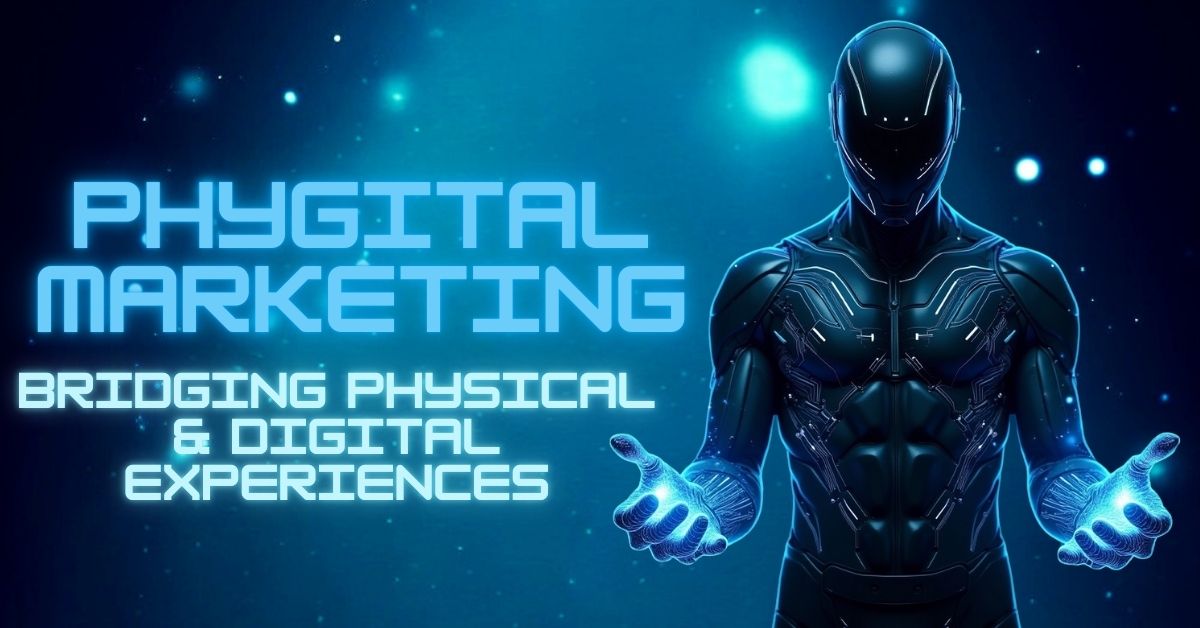
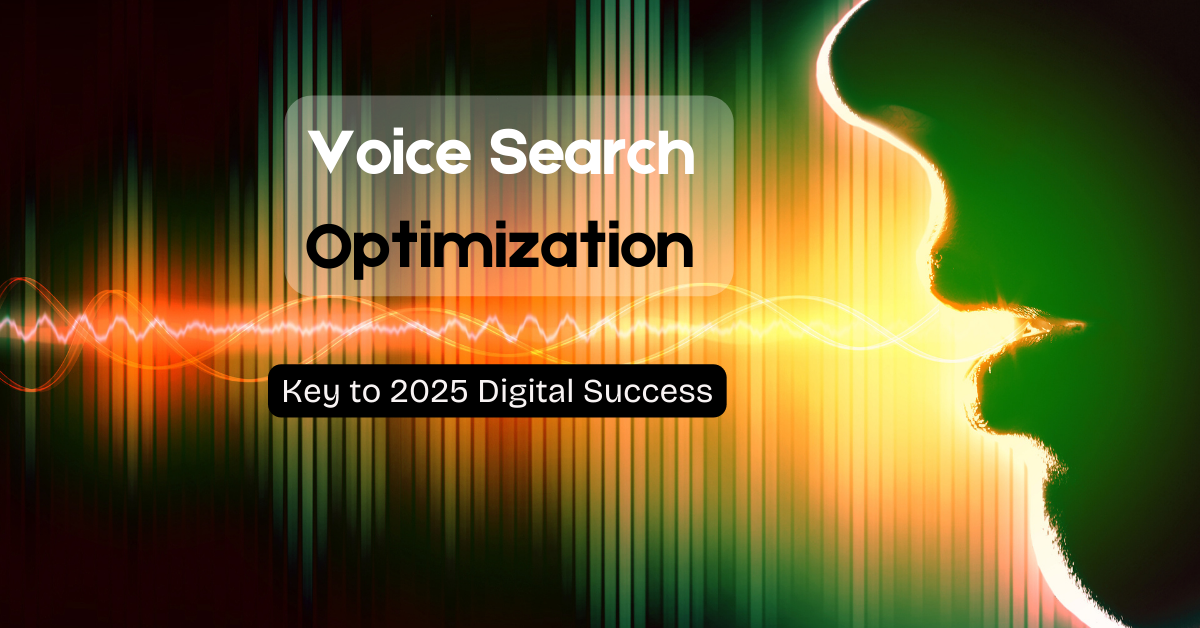
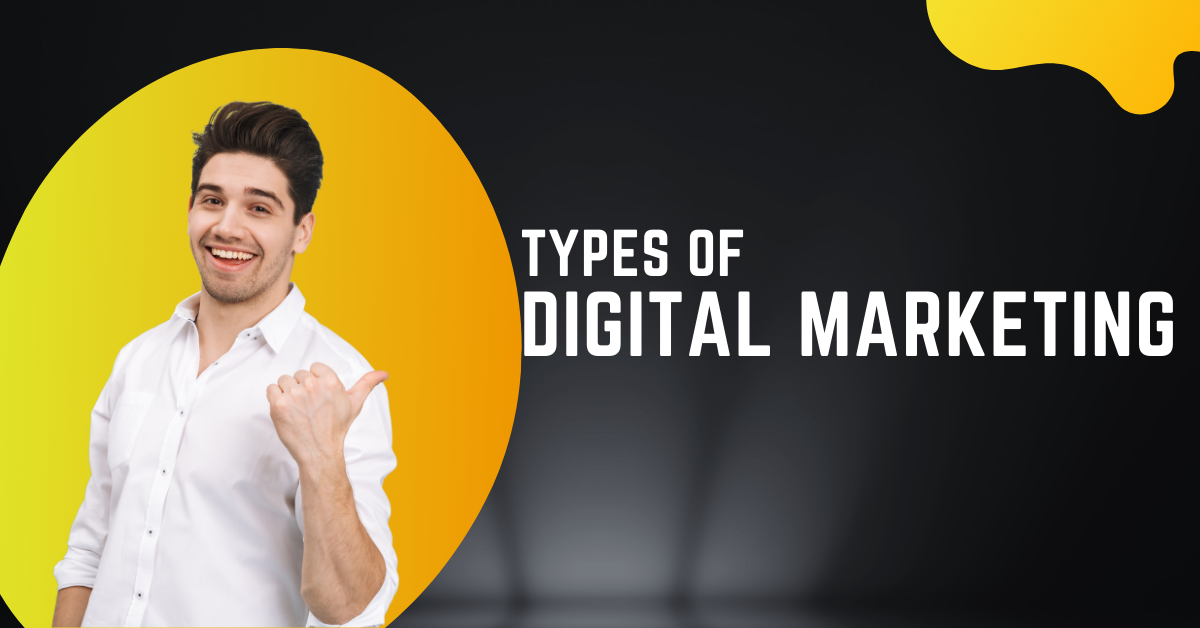
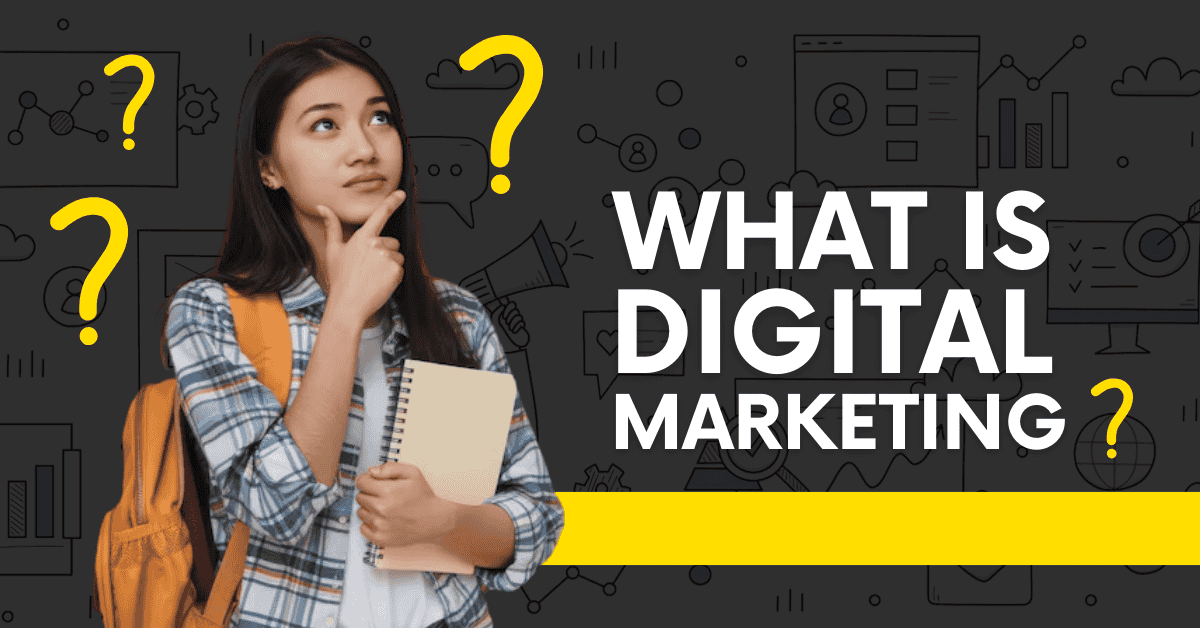
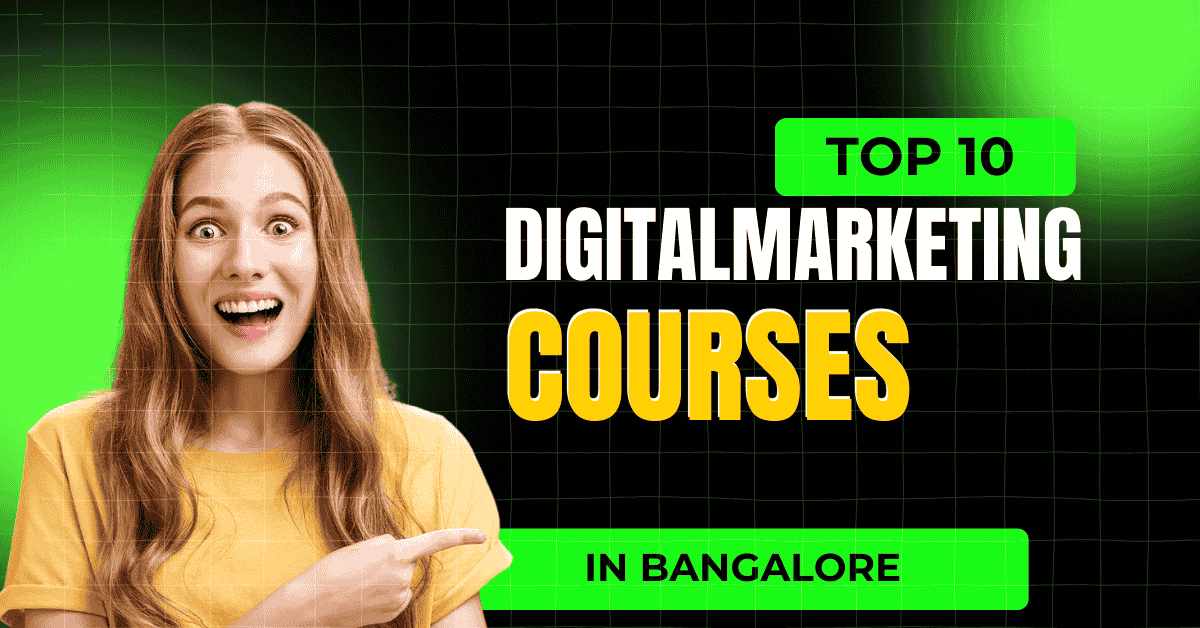
Great insights on how phygital marketing is shaping the future of Digital Marketing . Blending physical and digital experiences is truly the next step in engaging modern consumers. Very informative!
Great post! It’s amazing to see how phygital marketing is blending physical and digital experiences so seamlessly. As someone exploring Digital marketing , this gave me a fresh perspective on how brands can innovate and connect with customers on a deeper level. Thanks for sharing!